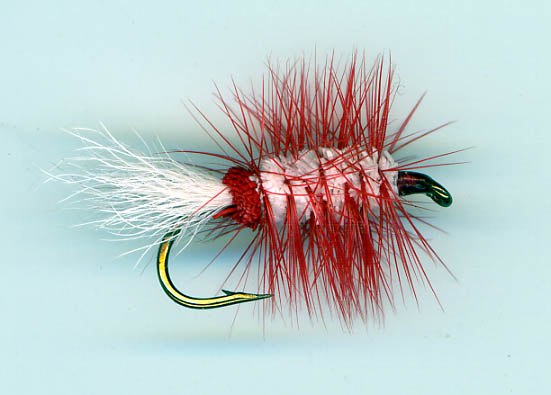Welcome to River Magic
Stillwater Slim on the Line... July 27, 2010
|
 Stillwater Slim on the Line …
Some Fishing Tactics
The fly most likely to catch a fish is the one on the end of your line, particularly if your line is in the water!
Our recent columns have dealt mostly with fly selection. This week we’ll discuss some fundamental tactics of fly fishing. Most of us spend far too much time casting and changing flies instead of varying our presentation and taking care not to “put the fish down”. There are times that we be careless without bothering feeding trout, but those times are rare. If we are lucky enough to find feeding trout, the last thing we should do is to stop their feeding, thus ruining our chance to catch one.
Here are some suggestions from my own experience:
DO be quiet. Remember that water carries sound and vibrations much better than air.
DO stay low and as far from the fish’s view as possible, especially in low water.
DO fish out each cast, stripping it in close before picking up for another cast. A fly in the water will always outfish one in the air.
DO vary your presentation. A dry fly can be floated motionless, then twitched a couple of times, then pulled under and fished wet at varying speeds and depths. Get the most fishing possible from every cast.
DO fish selectively. When easily spooked fish are rising, a good approach is to wait for a big one to show, then extend the line by false casting and cast to the fish once only. If that fails, wait for another. Our patience may be rewarded with a trophy-sized fish rather than a bunch of tinkers.
DO try to imagine what our audience, the fish, are seeing and how they may react. Get right into it, it’s fun, especially when it works!
DO use flies that can imitate a number of different foods or irritants and that look alive in the water. A Muddler that can be fished wet or dry is a great example. It can imitate a grasshopper, a nymph, or a minnow. Also, varying fly size can make a huge difference. Try a much smaller or much larger fly.
DON’T wade if there’s no need to.
DON’T wear bright clothing or alarm fish with unnecessary movement.
DON’T keep fishing to one spot, even if we stay standing in the same place. Cast here, then there, then back to the most likely spot, so as not to “beat them down”.
DON’T swish a fly or rip the line across the surface. Instead, fish the cast in close wet, extend the line by false casting, then re-cast.
DON’T position yourself such that you cast a shadow over the fish.
DON’T continue fishing if you are “fished out”. Instead, quit and do something else that is productive or enjoyable. Remember that the object of fishing is to enjoy the experience. Sometimes the fish win!
The trout bug, a clipped deer hair fly, is a cousin of the salmon Bomber dry fly and a great trout fly when tied in small sizes. Popular versions are the white clipped deer hair body/red hackle, green/orange, green/brown, and natural/brown. An optional tail of bucktail or calftail helps float the fly, but it is often used as a wet fly as well. This makes it an excellent fly for the “fish dry, twitch, then wet” cast described above.
White/Red Bug
Thread: UTC G.S.P. 50 Denier thread Hook: Mustad 9671 or 94840, size 6 - 12 Tail: White bucktail or calftail Body hackle: Red cock saddle Body: Red then pure white clipped deer hair. A small red body section next to the tail helps the tyer distinguish between white body & tail when clipping the body. Head: Thread finished with glossy head cement
Please stay on the line … |